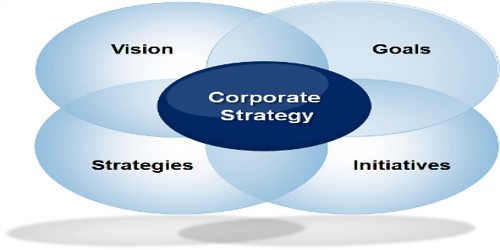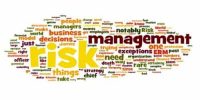Corporate strategy is the overall managerial game plan for a diversified company. It extends companywide. It concerns how a diversified company intends to establish business positions in different industries. Corporate Strategy is concerned with how companies, like Disney, create value across different businesses. It takes a given the RC lessons on competitive strategy and asks how the corporation can add value over and above that which a business unit creates by it.
This requires the corporation to invest in a valuable set of resources, craft the business portfolio, and design the organization structure; systems and corporate functions to shave activities or transfer skills across businesses.
Following are the eight elements that corporate strategy must consider:
- Business definition: This is the classic Drucker question: “What is my business and how is it positioned in the competitive market?” For non-profits and governments, the question might be, “What is our mandate?”
- Financial management: This focuses on the sourcing, allocation, and management of the financial capital the organization has at its disposal. The strategists must consider performance and controls as they develop a financial management strategy.
- Growth: This concentrates on the type and rate of the organization’s growth; this can involve not only growing but also deciding to get smaller, perhaps by leaving certain markets. “Some companies want to stay the same size, with is the toughest,” Alan Kennedy noted.
- Marketing: This involves identifying and capturing customers, through Value that will appeal to them. Developing marketing strategy usually requires thinking through the balance between new and old products, and between current products and new products. (In non-profits and governments, where the term “marketing” might chafe, “communications” could substitute.)
- Organizational management: This requires thinking through the sourcing, allocation, and management of the human resources of the enterprise – the HR strategy.
- R&D/technology: This is the development and management of technology and intellectual property. You could use it for competitive advantage (as in pharmaceuticals, for example), or for productivity (as when introducing a new computer system). Research might be needed to develop the technology, or it might be purchased.
- Risk: This illuminates the possible occurrence of the unacceptable, which could include lost opportunities as well as threats. Strategists can assemble the risks on a grid that indicates the likelihood of it occurring (from high to low) and the severity of impact (again, high to low).
- Service delivery: The organization must take its marketing promise and deliver to the intended audience (through manufacturing, production, or service). Key issues to consider are effectiveness and efficiency.
















